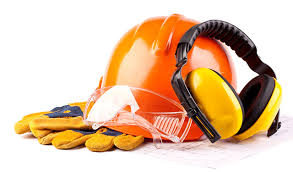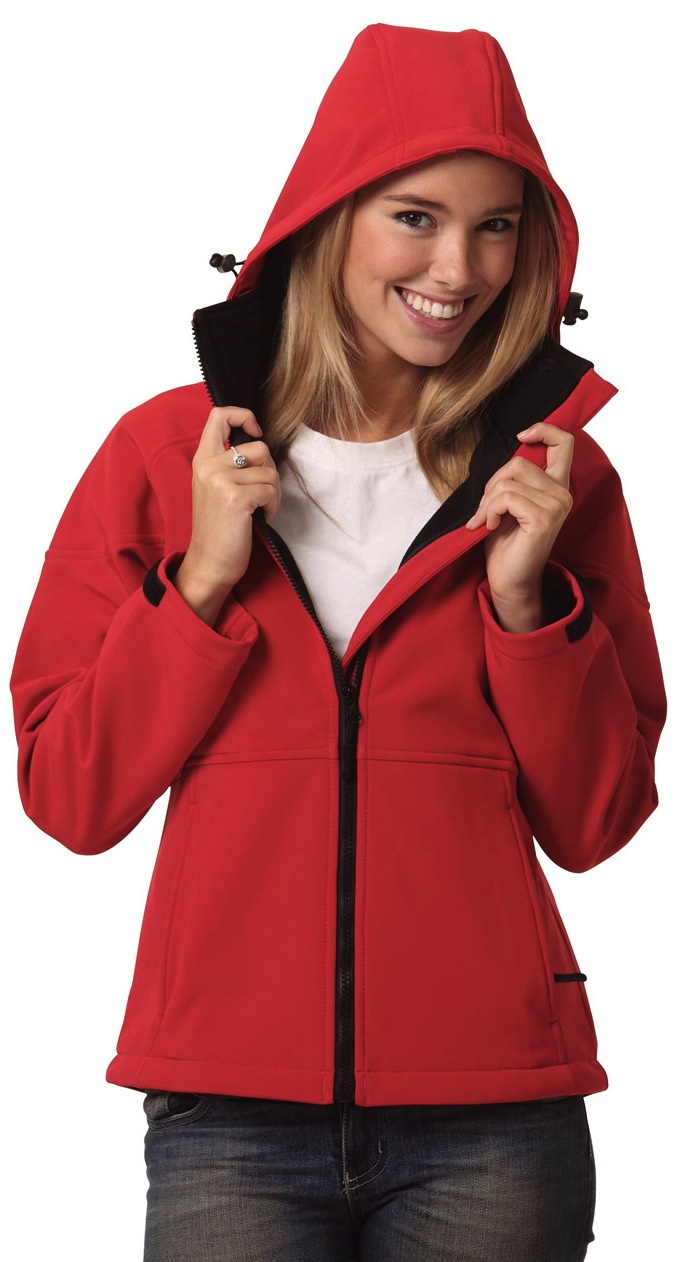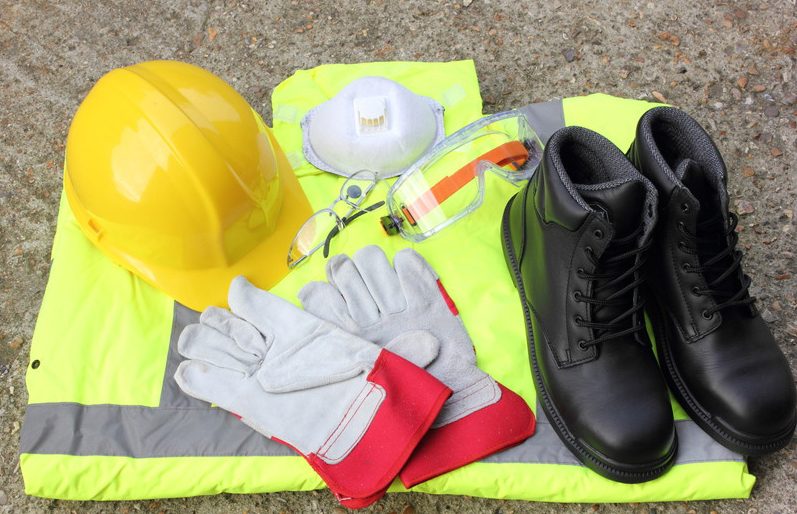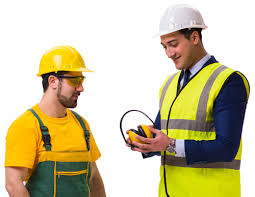Information
What is PPE? Personal Protective Equipment
Personal protective equipment refers to protective clothing, helmets, goggles, or other garments or equipment designed to protect the wearer’s body from injury or infection. The hazards addressed by protective equipment include physical, electrical, heat, chemicals, biohazards, and airborne particulate matter.
You must wear and provide PPE for your workers (including contractors) if they do not have it, and you require them to wear it.
Consult with your workers when selecting PPE, and show them how to use it. You must not charge anyone for using the equipment.
You should also ensure the PPE is:
- suitable for the nature of the work
- a proper size and fit for the person
- properly stored and maintained.
PPE refers to anything used or worn to minimise risk to workers health and safety. This may include, but is not limited to:
- boots
- ear plugs
- face masks
- gloves
- goggles
- hard hats
- high visibility clothing
- respirators
- safety harnesses
- safety shoes
- sunscreen.
Risk management
In certain circumstances, the model WHS Regulations require businesses to work through a hierarchy of risk control measures when managing risk. Under the hierarchy, using PPE is ranked as one of the least effective safety control measures, that is a level 3 control measure.
- Level 3 control measures do not control the hazard at the source. They rely on human behaviour and supervision and used on their own tend to be least effective in minimising risks. Workplaces must not rely on PPE to satisfy their hazard control requirements.
PPE should only be used:
- as a last resort
- as an interim measure
- as a back-up.
PPE works best when you use it to supplement higher-level control measures or when no other safety measures are available. Before relying on PPE you need to do a risk assessment to see what other controls can and should be used.
Work health and safety duties
Under the model WHS laws, PCBUs must put control measures in place if it is not reasonably practicable to eliminate a health and safety risk in the workplace. Control measures may include PPE as an interim or last resort or as back-up.
Where PPE is to be used it must be:
- Selected to minimise risk to health and safety, including by ensuring equipment is:
- suitable for the nature of the work or hazard
- a suitable size and fit for the individual who is required to use it and that it is reasonably comfortable.
- Maintained, repaired or replaced, which includes ensuring the equipment is:
- clean and hygienic
- in good working order.
- Used or worn by the worker, so far as is reasonably practical.
A PCBU must:
- consult with their workers when selecting PPE
- ensure, as far as is reasonably practicable, that the PPE is used or worn by the worker
- provide the worker with information, training and instruction in the proper use and wearing of PPE and its storage and maintenance.
PPE must be provided by a PCBU unless it has already been provided by another one. For example a business may not need to provide PPE if the worker’s labour hire company provided them with it.
The legal requirements of businesses in relation to PPE are set out in regulations 36, 44 and 45 of the model WHS Regulations.
Worker responsibilities
Workers also have duties in relation to PPE under regulation 46 of the model WHS Regulations. A worker who is provided with PPE by their business must:
- Use or wear the PPE in accordance with any information, training or reasonable instruction provided by the PCBU, so far as they are reasonably able.
- Not intentionally misuse or damage the PPE.
- Inform the business of any damage, defect or need to clean or decontaminate any of the PPE if they become aware of it.

If a worker refuses to wear or use the PPE, the business can take action against the worker. A worker who does not wear or use PPE, or intentionally misuses or damages it, may face disciplinary action or even prosecution.
For more information visit the Safe Work Australia website at: www.safeworkaustralia.gov.au
Click on the link below to view our range of PPE.



